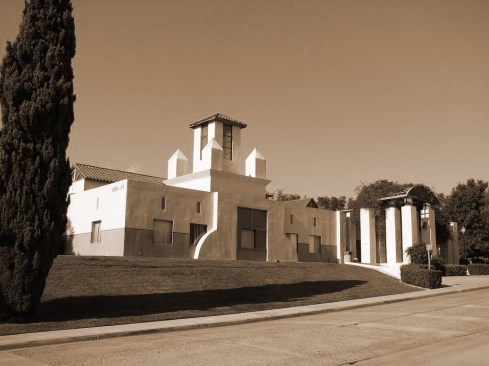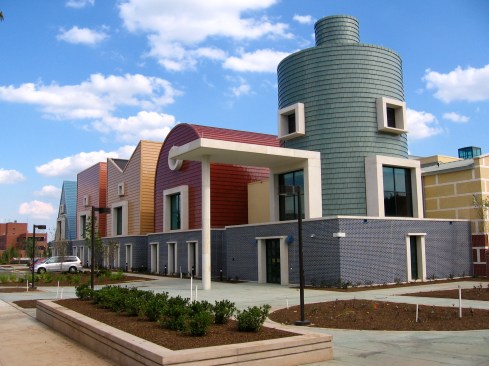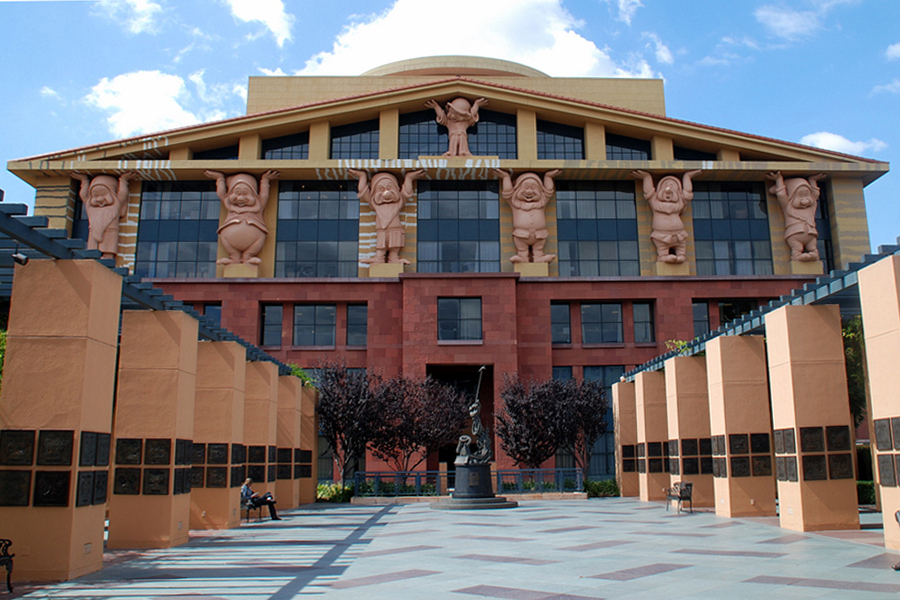Several years ago, I taught a class on architecture after modernism at the University of Kentucky’s School of Architecture. I told the students at the beginning of the semester that my goal was that I would convince them, by the end of the semester, that Michael Graves was a good architect. For a class full of kids for whom Graves was the designer of pastel-colored pastiches of neo-classical elements pasted on everything from Disney hotels to Target teakettles, it was a tough sell. I hope I convinced at least some of them that Graves, who passed away last week, was indeed a brilliant designer who changed our world for the better.
Graves brought poché planning back to architecture (assisted by Steven Harris, AIA, who then worked for him), making us aware of a depth inherent in structure that would let us carve stage sets out within them for our varied activities. He thought of his buildings as collages that assembled images from a distant past into intuitive coherence. He used his keen sense of proportion and sequence to modulate the elements of classical monuments he stripped down, colored, and plumped up to give order to his structures. He started with drawings that evoked a Tuscan idyll, developing his buildings from there into visions of romantic ruins reinvigorated by modern places and functions, and extended his sensibility to the implements of everyday life, making potentially pedestrian objects like corkscrews and door handles as well as tables and chairs, quite simply, fun.

San Juan Capistrano Library, San Juan Capistrano, Calif.
His early work astonished me. From the planes shifting past each other in the Snyderman House (1972) to the carved hedgerows of the Crooks House (1976), he turned domestic scenes into larger plays on seeing, being seen, sheltering, and extending into the landscape. His Fargo Morehead Bridge (1977), with its keystone arch spouting a fountain and its eroded forms merging into the two town’s grids; his San Juan Capistrano Library (1982), its intricate concatenation of indoor and outdoor spaces giving room to both learning and community activities; and his early skyscraper, the Humana Tower (1982), which showed how an office building could be part of both an older urban context and a sense of a historical continuum, re-founded American architecture with meaning.
His work was controversial—even before he made the daring leap into mass culture in his commissions, first for Disney, and later for Target—because of both its strength and the thinness of his forms. His was the architecture of effect, not honesty. When he pared forms down, he often left too little to survive the realities of bad construction and cost cutting, so the uncolored and unformed bones of the structures showed. Like many architects who achieved great success at a certain moment, Graves developed a manner of working that could seem a bit rote, although I was always surprised by the inventive twist he gave to such recent projects such as the Wounded Warriors Home in Fort Belvoir (2011, in collaboration with IDEO, which also showed his concern for accessibility) or Saint Coletta of Greater Washington in D.C. (2010). What we remember him most for, however, is the manner he brought the romance of Rome to the banality of business blocks, hotels, and institutions.

St. Coletta of Greater Washington, Washington, D.C.
When I was still in architecture school, studying Graves’ work (my first published article, in CRIT Magazine, was called “The Graves of Modernism”) was a guilty pleasure. It was too beautiful and too complex to be permissible. I still get a thrill out of looking at some of those early plans, especially of the triad of the Fargo, San Juan Capistrano, and Liberty State Park Nature Interpretive Center (1983) projects. I also remember Michael Graves as a soft-spoken, but articulate gentleman, a great teacher, and a man of consummate taste. He enriched American architecture, and for that we will remember him.
